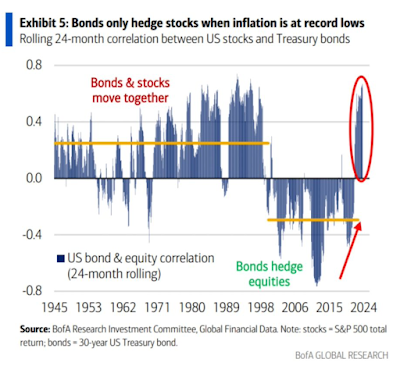The discussion on inflation can be heated on whether the blame is with the Fed or is this just a tempest in a teapot about the transitory problem. There is no doubt that the pandemic with supply chain dislocations was a strong contributor to inflation.
Claudia Sahm is one of the leaders of the transitory story and her case is strong, yet it seems like the last mile problem of getting to 2% is hard, and the slowing of inflation is not the same as reversing the inflation of the past. Prices are still high and that means if wages have not kept up with inflation, buying power has been diminished.
The question is not whether the Fed must hold rates higher for longer to slow demand and get inflation down to 2% but for how long. Since the transitory problem lasted longer than expected, we can also say that the rate rise will have to last longer than expected. Fiscal policy with deficits at 7% at full employment is a contributor that has yet to be offset. The conclusion is that the movement to normalcy is just going to be longer, yet the fear is that another shock will take us higher and not push us to target. The value judgment is that the Fed under-estimated the inflation lag structure.













































